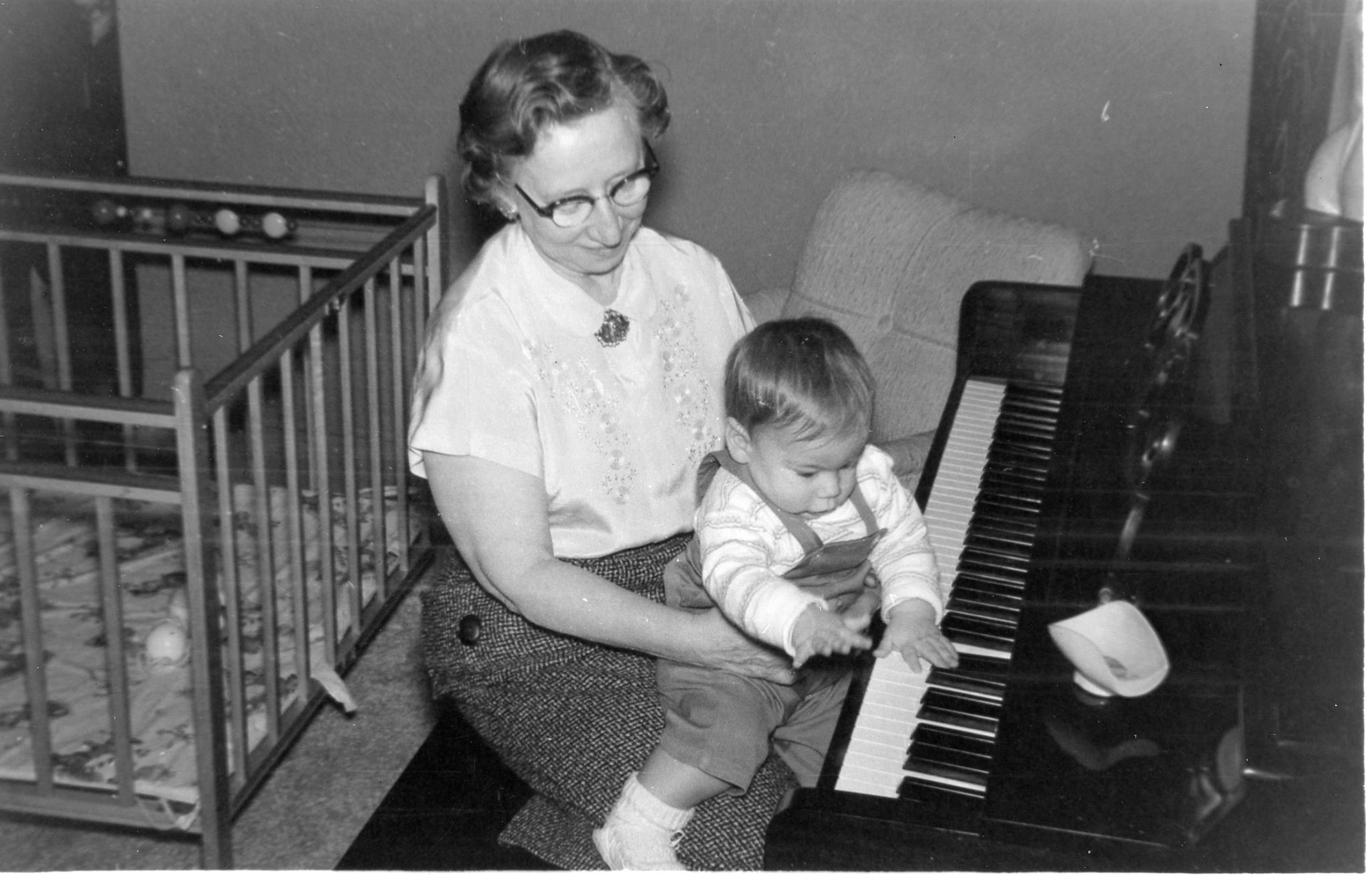I received an email from a friend yesterday inquiring about my “radio silence” over the last few weeks. Aside from the occasional notice posted on this site, silent I have been: I have not actually blogged in over 6 weeks, since October 4th.
Not that I have been missed what with all the other nonsense going on in the world, but I would still offer up the following explanation, if only as a cautionary tale for those who might make the same mistake that I did.
October is, for me, a month of difficult anniversaries. I have learned, then, to occupy myself with mundane, repetitive tasks that preclude me from “thinking too much.” Consequently, this year I decided to begin a project I’ve been putting off for years: scanning family photos.
I do not have an addictive personality. Neither am I particularly obsessive, though my first spousal unit – not without justification – considered me to be an obsessive collector. However, nothing could have prepared me for the single-minded, all-encompassing obsession of going through and scanning photographs once I began the process. Cliché though it sounds, the experience was drug-like at times, as people, places and time flew past in a manner hallucinogenic. In the photos everyone is ageless: young and old simultaneously. Over and over again I re-experienced my childhood and that of my siblings, my parents, and my grandparents. I was reminded, constantly, of people lost and things that I’d thought I’d forgotten.
For 37 consecutive days I went through photographs – some 12,000 of them – of which I scanned nearly 6000 of them.
As a public service (and cautionary tale), I offer up a few of the things I learned during the last five-plus weeks.
One. Do we think we know how many photos we have? Do we think we know where all of our photos are located? I suggest we think again. They are scattered everywhere, in hiding and in plain sight. As I now know, they are liable to reproduce if left unchecked.
Two. There is something about a photograph that distills feeling and meaning far beyond the power of most videos. A photo is frozen time: we can peruse it; we can study it; we can even insert our present selves into it.
Three: consciously or unconsciously, we “pose” when we know we are being photographed: that is, we represent ourselves in photographs in a manner that generally goes well beyond what we do when being videographed. Photos – even candid photos – project a certain intensified, idealized representation of their subjects.
Four. It’s easy to forget how much life we’ve lived and how many people we’ve loved and lost while we go about our daily lives. This is as it should be, as our first responsibility is to the present. But should we be so foolish as to handle and closely examine 12,000 family photos dating back to the 1890’s in a fairly short period of time, the past and present will merge into a singularity, with overwhelming (even devastating) emotional effect.
Basta; enough. I’m lucky to have had 37 days to invest in such a project, although my little “staycation” is now at an end. It’s time to get to work on my next The Great Courses survey (which will be recorded in January 2016; more on its contents in future posts); get ready for the December 2 premiere of “Scandalous Overtures” on Ora TV (about which I will be blogging weekly); start exercising again and otherwise rejoin the present.
Below, yours truly and my grandmother Bessie Hurwitz Greenberg, New York Institute of Musical Art (later renamed the Juilliard School), Class of 1916, in December of 1954.


We all have those times, Dr. Greenberg. I’ll be scanning in photos over the winter and I understand how that sort of activity can become addictive…but at this point in life, probably necessary. As we head into Thanksgiving, thank you for many hours of enjoyment and illumination about the world of music and composers. I loaned your Mozart course to two friends, one was a cello major in college. They both enjoyed it immensely, and the other friend found herself in tears at the end…I guess cellists don’t cry!
Thanks for sharing the stories and the course!
A note is worth a thousand pictures-thanks for this. I shall endeavor to reflect on this
wisdom.
Glad you are back! I have so enjoyed your 30 Great Orchestral Works as well as your Beethoven series which I am mid right now. It is great getting the music in historical context which is so vital to fully understanding the composers. Thanks for everything!
Good to be back!
Robert, You are SOOO darn cute in this photo with your grandmother. Your own son looks like your twin—unmistakably a Greenberg.
I particularly noticed that your expressive right hand is in the exact position you use today when you teach!
I could deeply relate with what you said about going through photos, being the family documentarian. A few winters ago I sorted through thousands and made 70 albums. It was a wonderful trip without leaving home! I hope you share a few more young-Robert photos with your fans.
Dorothy Ainsworth